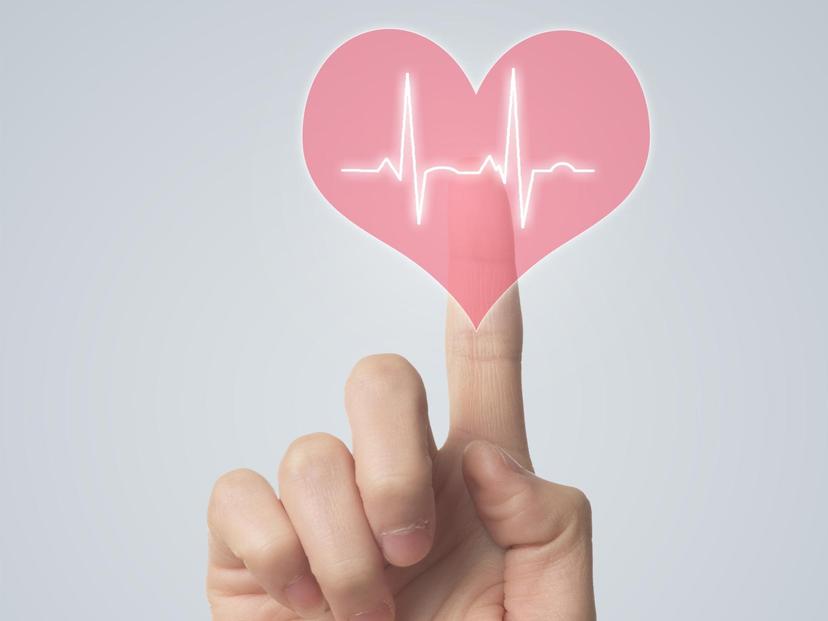11 декабря 2021
Lipolysis: Is It a Healthy Way To Lose Weight?


11 декабря 2021
Lipolysis: Is It a Healthy Way To Lose Weight?
## What is lipolysis?
Lipolysis, or lipolytic treatments, is the destruction of fat cells through the introduction of various substances. Typically, carbon dioxide or phosphatidylcholine are used for lipolysis. These are not prohibited on their own and are used in particular in the treatment of fatty lung embolism. During lipolytic procedures, the membrane of the fat cells is destroyed so that the fat from the "capsule" enters the bloodstream and is gradually eliminated from the body through the excretory system.
## When is it justified?
Lipolytic treatments can be useful for patients who require ===small volume corrections (e.g. asymmetry in the cheeks or chin due to fat deposits), or who want a small correction in the shape of, for instance, the calves.
Lipolytic treatment can correct almost any area, including the following:
- Face: Improves skin elasticity, tightens the contour of the face, reduces nasolabial furrows and double chin.
- Abdomen: Silhouette tightens, waist and side fat are reduced.
- Legs: Local defects such as a pendulous fold above the knees or excessively full calves can be removed.
- Arms: Corrects the cervical shoulder girdle, shoulders, forearms, and removes excess fat from the backside of the palms.
- Glutes: Makes the buttocks firm and taut, and the skin becomes denser.
- Back: Removes deposits of fat from the lower back, overhanging folds on the shoulder blades and sides.
## How efficient is it?
The lipolytic injection has (unlike liposuction) a temporary effect on the patient. No lipolytic treatment will prevent weight gain if a person overeats. You can help reduce the excess fat you have already gained, but you still need to maintain a healthy diet and exercise regimen in the future to make sure it doesn’t happen again.
> In some countries such as France, injections of fat-soluble components are banned because the procedure is considered dangerous. Injecting substances from outside the body can cause harm, so it is important to only undergo lipolytic treatments under the care of expert medical professionals.
## Why can it be dangerous?
Let's take a closer look at the process. The drug destroys the shell of the fat cell. The fat cell, the adipocyte, accumulates a variety of substances including toxins. By breaking the shell, the toxins are released into the bloodstream. Doctors do not know exactly how the liver, kidneys, and GI tract react to this. However, the load on the excretory system greatly increases.
Therefore, before deciding on a lipolytic procedure, it is important to work with your doctor and undergo tests for liver enzymes, kidneys, the urogenital system, and blood pressure. Only when these indicators are at healthy levels it is safe to undergo a procedure.
There are some direct contraindications to the introduction of lipolytic procedures, including:
- Heart, [kidney](https://ul.orna.me/KOge/librarydisease?id=75), and [liver](https://ul.orna.me/KOge/librarydisease?id=40) disease
- [Diabetes](https://ul.orna.me/KOge/librarydisease?id=43)
- [Pregnancy](https://ul.orna.me/KOge/librarydisease?id=3)
- [Thyroid](https://ul.orna.me/KOge/librarydisease?id=44) disorders
- [Cancer](https://ul.orna.me/KOge/librarydisease?id=39)
- [Inflammatory](https://ul.orna.me/KOge/librarydisease?id=78) processes
- [Herpes](https://ul.orna.me/KOge/librarydisease?id=217)
- [Allergic](https://ul.orna.me/KOge/librarydisease?id=21) disposition of the body
- Pigmentation in the proposed areas of insertion
- [Autoimmune diseases](https://ul.orna.me/KOge/librarydisease?id=30)













